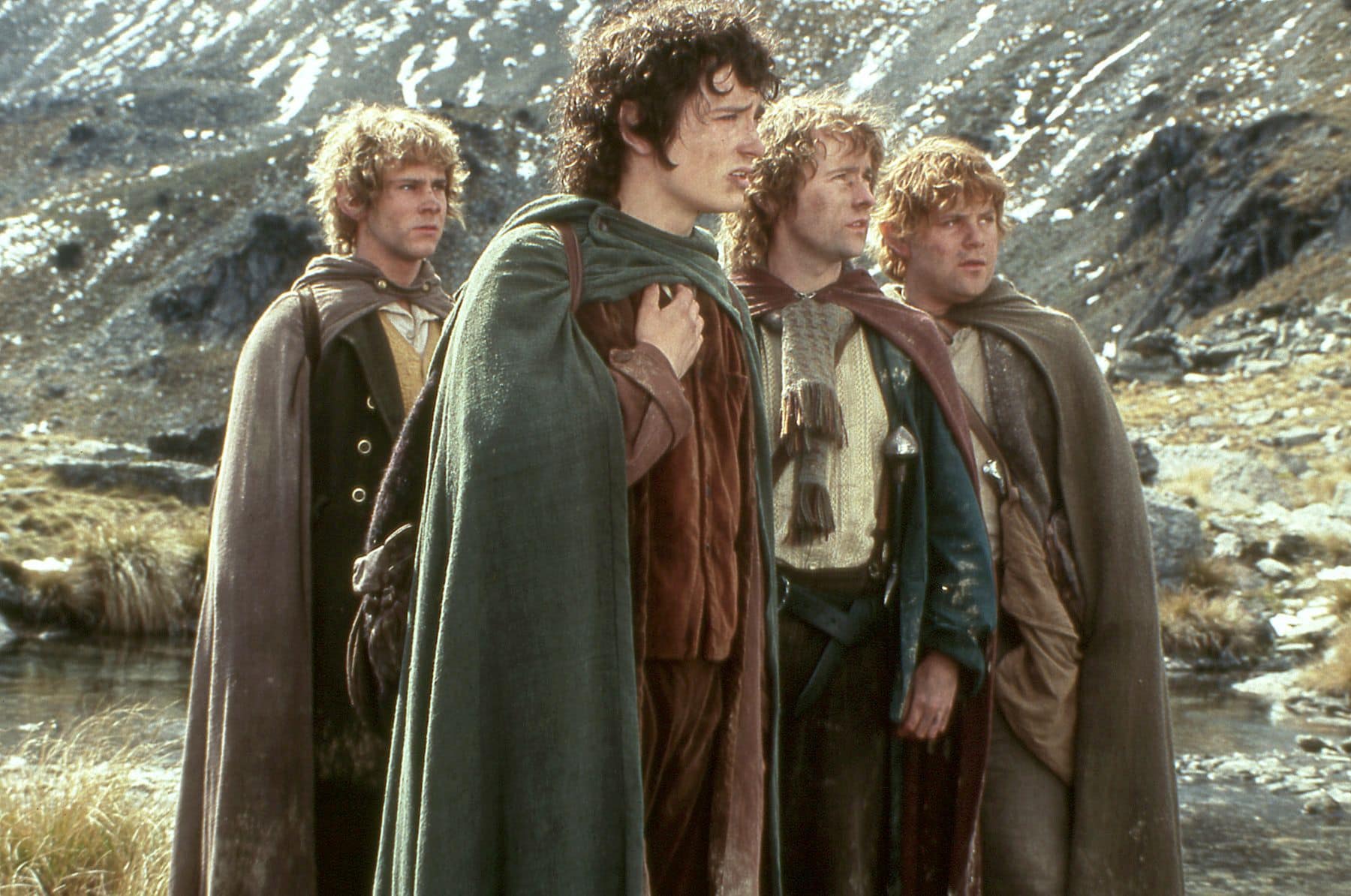
Here’s how Peter Jackson stepped into the ring – and succeeded – in making the ‘unfilmable’ Lord of the Rings triology.
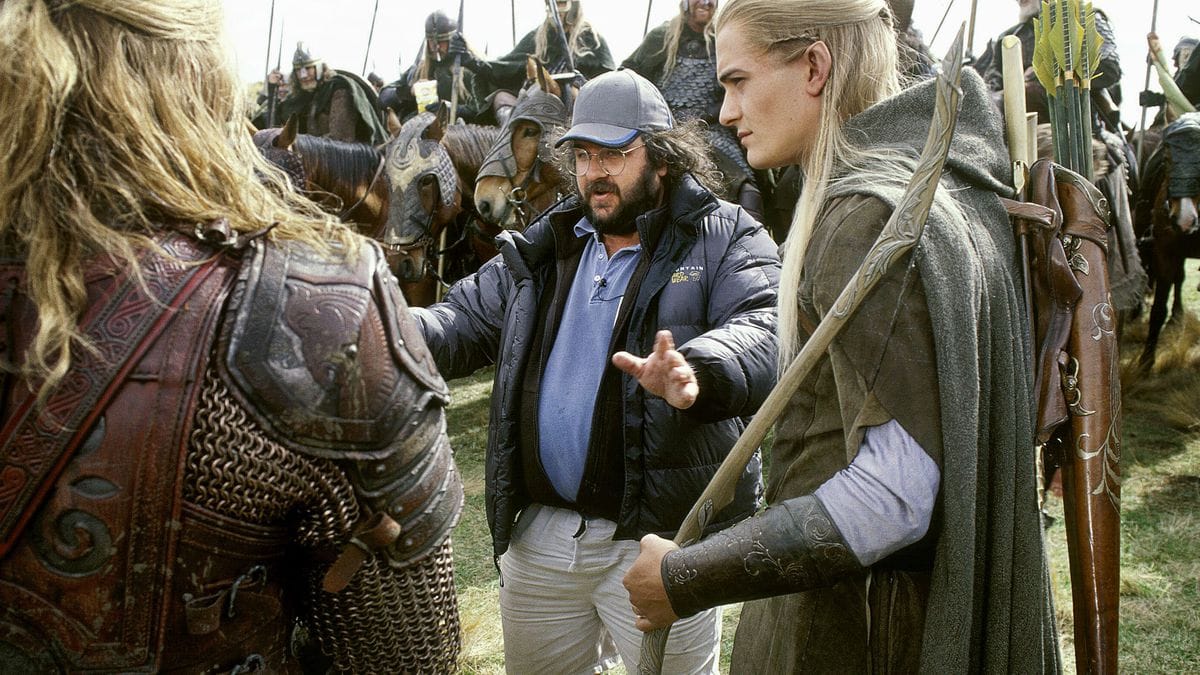
Despite the underwhelming reaction to the Bakshi film, the 1980s and 1990s saw interest in an adaptation continue, albeit tentatively. This came from those who had previously been unsuccessful (Boorman), from those who would find future success (Mark Ordesky) and if rumours can be believed, a veritable ‘who’s who’ of filmmakers including Ridley Scott, Franco Zeffirelli and Steven Spielberg.
This period also saw the newly infamous Khraniteli, a Russian-language adaptation of the The Fellowship of the Ring in Tolkien’s trilogy. It aired once in 1991 and remained on the forgotten trash heap of Tolkien history until it resurfaced in 2021. On this adaptation I offer only the following advice: it is best enjoyed with good friends, strong beer, and sleep deprivation.
Decades of unsuccessful attempts from filmmakers and studios. One (semi) realised effort leaving fans itching to see a ‘proper’ adaptation. Not an ideal outcome for the third-highest selling novel of all time. There was only one man for the job: Braindead’s own Peter Jackson.
The Kiwi filmmaker was not an obvious choice to direct a story described as “unfilmable” by one of the most innovative directors of all time.
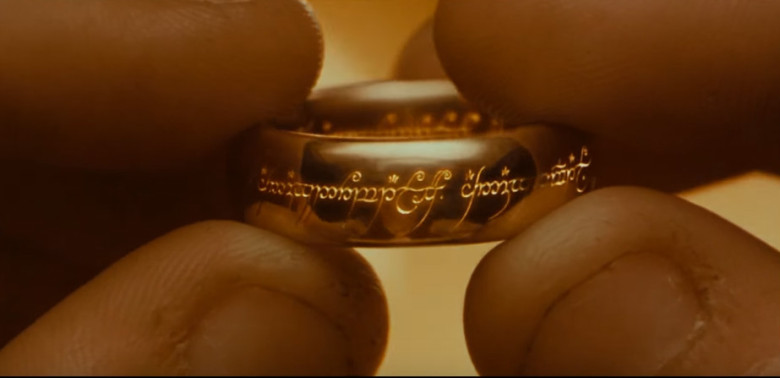
Jackson had started his career on the horror-comedy Bad Taste, in which aliens harvesting New Zealanders for fast food are killed in a variety of exaggerated ways. The film was so violent that it was banned in Queensland, a controversial decision which contributed to the dissolution of the Queensland Film Board Review.
Yet the film is a testament to Jackson’s skills in convincingly stretching a shoestring budget, and showed his determination to stick with a project over a long-period of time – the filming took place on weekends over a four-year period.
The director’s credentials grew. His 1994 feature Heavenly Creatures was a major departure from his early horror and black comedy films. Based on the Parker-Hulme murder case, it enjoyed gushing praise from critic circles.
For the first time, Jackson saw attention at the Oscars with a nomination for Best Original Screenplay. From this experience another key component in the later success of The Lord of the Rings becomes evident: screenwriting (and real-life) partner Fran Walsh, who initially persuaded Jackson that the murder case would make a successful film.
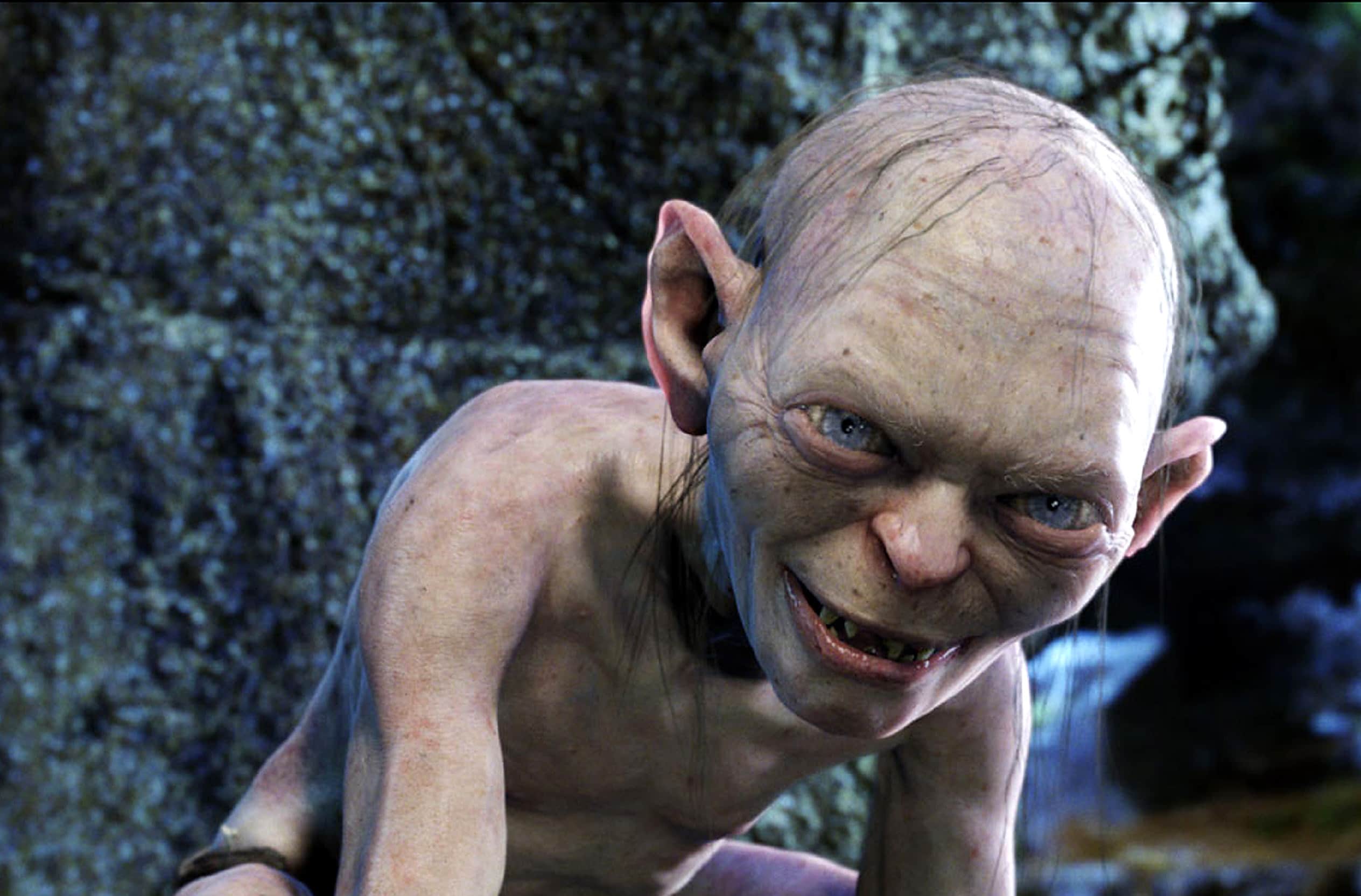
Critical success led to Jackson’s first experience helming a big-budget film, the comedy-horror The Frighteners. The film was not a commercial or critical success, witheringly described as a “demo reel” by Roger Ebert. Yet the film led to two key developments which would heavily influence his LOTR project.
First, an important precedent was set when Jackson convinced the studio to let him film entirely in New Zealand. Secondly, Weta Workshop proved itself capable of delivering industry-leading physical and digital effects.
Disappointing box office returns combined with industry trends put a (temporary) end to Jackson’s planned remake of King Kong, and the director turned to new ideas. Discussions with Walsh during pre-production on The Frighteners drove them toward the idea of making a fantasy film. After failing to conceptualise a story that wasn’t derivative of Tolkien’s writings, the pair were sufficiently motivated to seriously consider adapting his seminal trilogy.
As a result of their first-look deal with Miramax (meaning any project had to be taken to them before any other studio), the project started development with the studio in 1996. Early signs were promising. Miramax had an established working relationship with Saul Zentz (who still held the film rights), having just collaborated on the critically and commercially successful The English Patient.
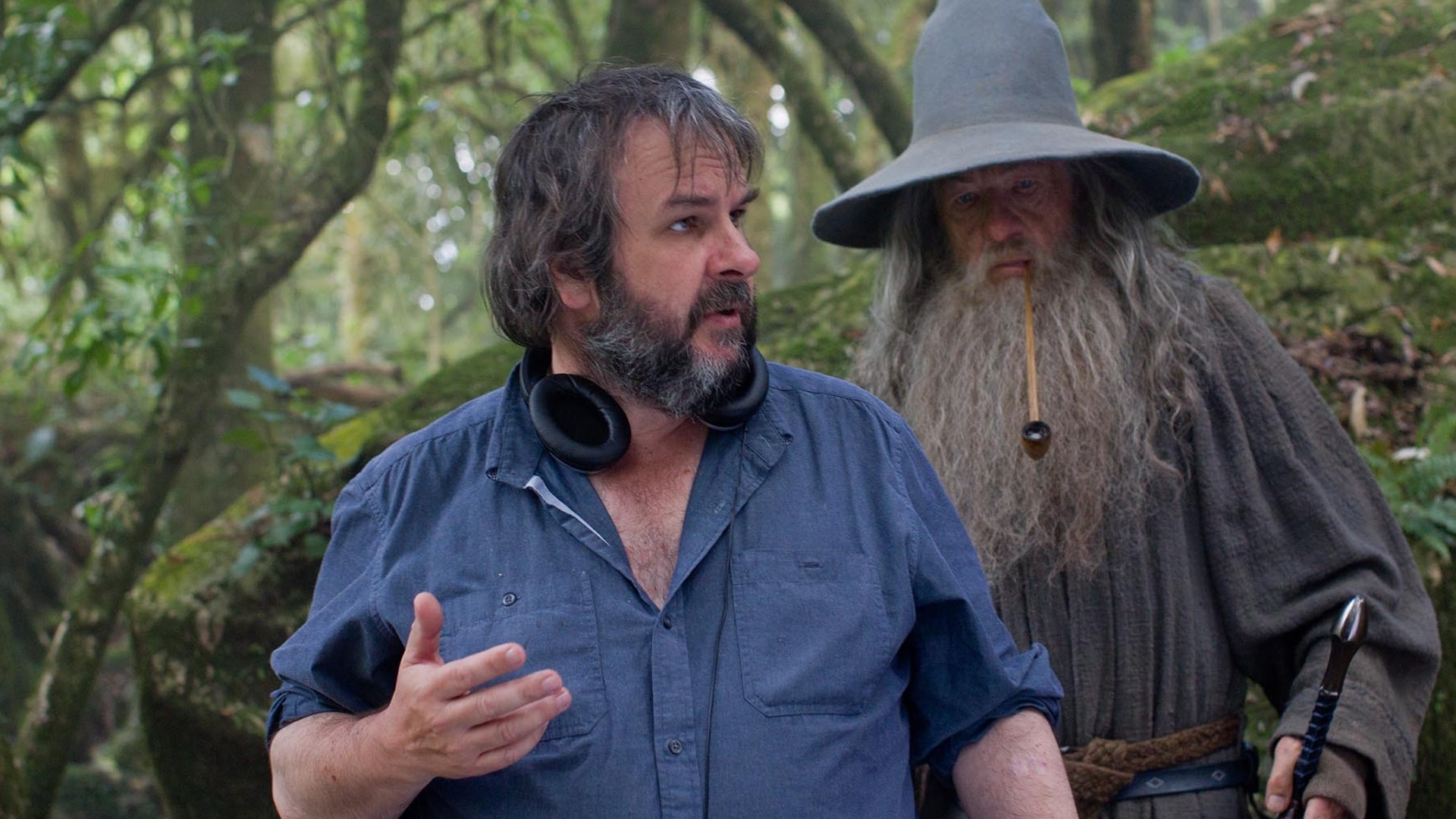
Jackson and Walsh initially pitched the idea of a trilogy. Studio pressure led to agreement to tell the story over two films envisioned as around 120-150 minutes each, which the director felt was feasible.
Work began in earnest. Over a two-year period, the writing pair worked on the screenplay and the studio put huge amounts of money into pre-production work. A team of 30-40 people were put together. Location scouting took place, concept art was developed, visual effects were being created – and the studio’s bill kept growing, to the tune of $20m.
After the scripts were completed, the anticipated costs of making these films a reality became clearer: between $130m-$140m. For the gargantuan undertaking Miramax could provide a budget of only $75m, even after allegedly trying to get more money from parent company Disney. The studio came up with an inelegant solution: adapt the trilogy as one film.
Jackson initially thought this meant taking the conventional approach to making a film series: make the first entry and, if successful, follow up with the sequel. When they realised what was being proposed, Jackson and Walsh balked, feeling that this approach would be “guaranteed to disappoint”. With discussions in deadlock, the pair walked away from the project and went back to New Zealand. During their 20-hour flight back home, their agent Ken Kamins reached out to Miramax and persuaded them to allow Jackson and Walsh to pitch the idea to other studios.
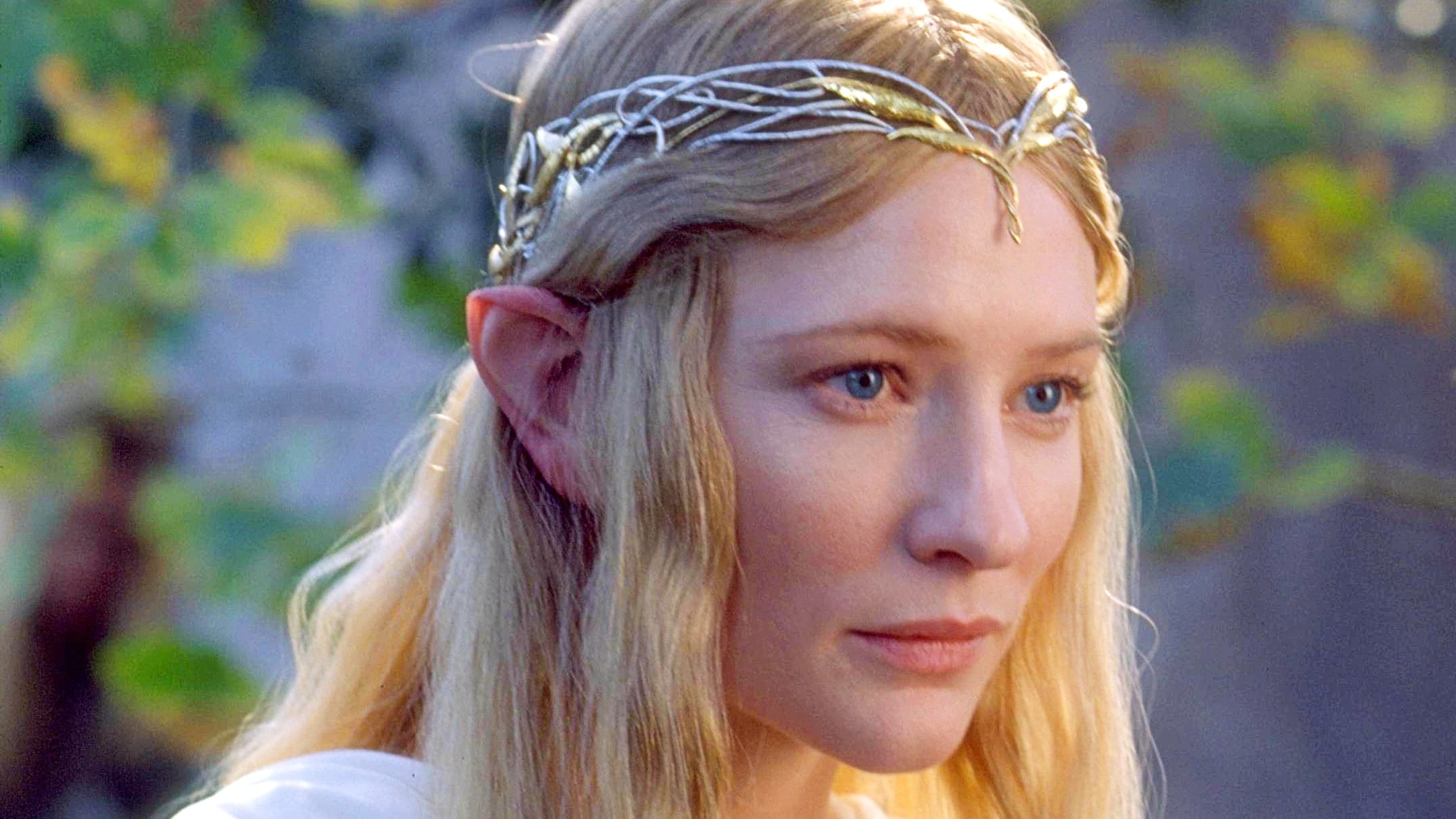
There were two caveats: it had to be two films, and Miramax would receive $20m to cover its costs so far. As if the stakes could not be raised further, Miramax put a ticking clock over their heads. Jackson and Walsh would have only 4 weeks not just to get agreement from another studio to finance two films, but to ensure Miramax received its $20m.
Utilising as much of the pre-production work as possible, the pair put together a 36-minute documentary to use as their visual pitch. The first week had already elapsed, and Kamins had been turned down by every studio and producer he approached – without even seeing the documentary. When Jackson and Walsh got to Los Angeles, only two studios had agreed to meet with them.
The first meeting was with Polygram, who were receptive to the pitch and enthusiastic about the project. There was one problem: Polygram was in the lengthy process of being sold and in no position to finance the project until the sale was complete. In these circumstances, the pair met with their last hope of saving the project: New Line Cinema.
Determined not to let the dire circumstances affect their chances, the pair feigned difficulty in agreeing a time for their meeting to create the impression of a packed schedule pitching to studios. Jackson had hope; New Line’s Mark Ordesky was a huge Tolkien fan. Bob Shea’s reputation for speaking truthfully was well known. When prior to the pitch Shea told Jackson privately that whatever the outcome, the studio would be interested in hearing future pitches, the director took this as an ominous sign. The meeting begins.
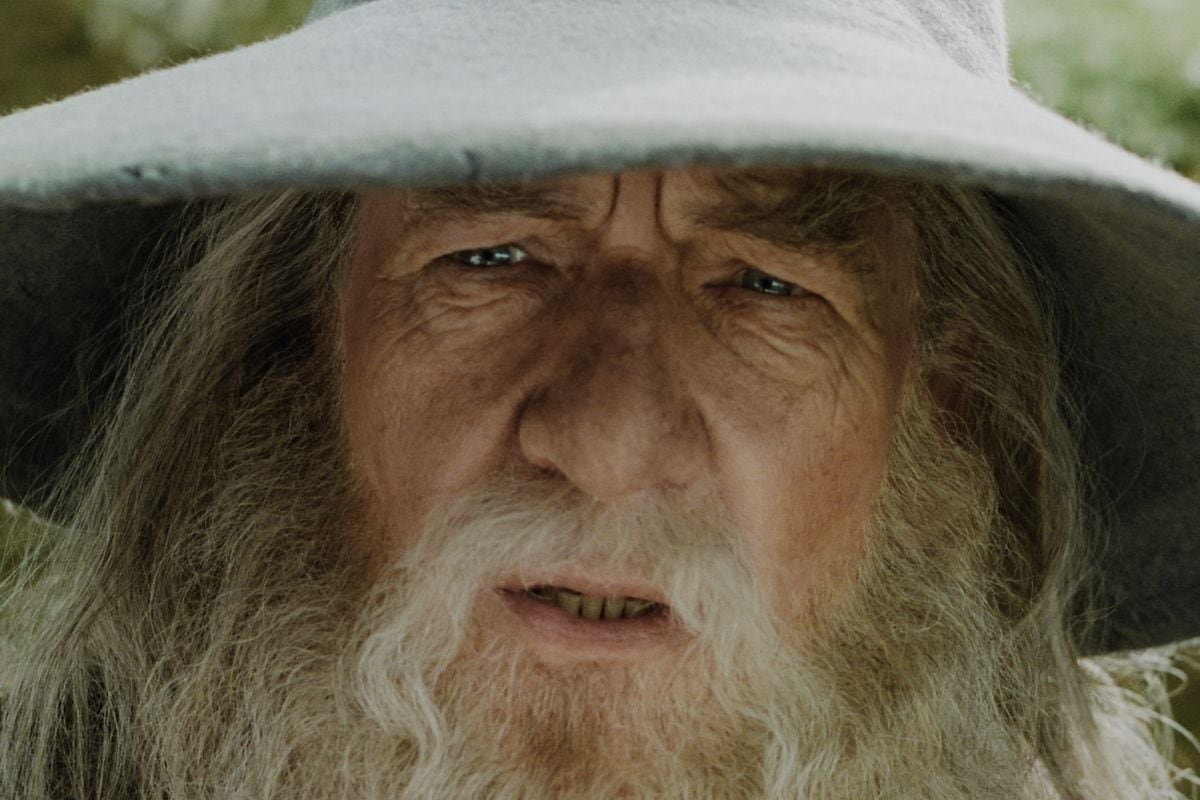
The tape is put in, and the documentary is shown. New Line are silent throughout. Jackson and Walsh wait with bated breath. Bob Shea breaks the silence: “I don’t get it. It’s three books, shouldn’t it be three films?”. Not only were New Line Cinema on board with adapting Lord of the Rings, they wanted to film it as a trilogy.
The project was saved. Scripts were revised to reflect the addition of a third film, with Tolkien expert Philippa Boyens brought on board to round out the writing team. Meme-makers have a lot to thank her for – she reportedly gave the world the line “Looks like meats back on the menu, boys!”. A budget was agreed of $270m for the trilogy and in October 1999, production began. The hard part was over – now they just had to make the films.



